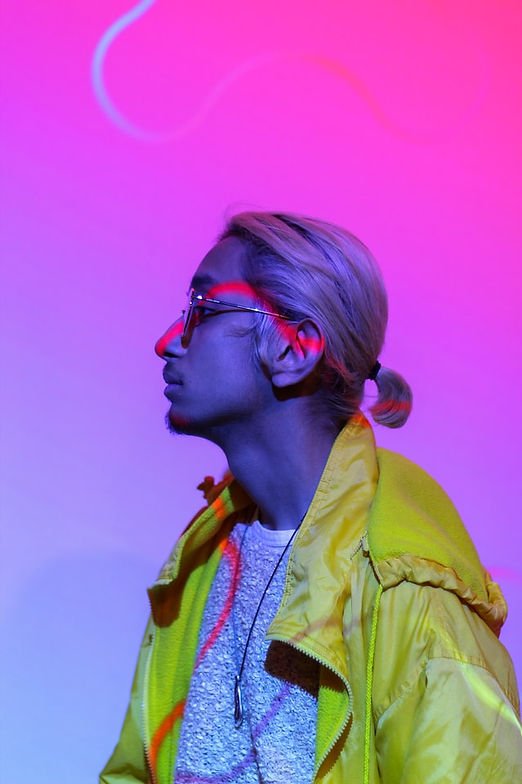Writing Well-Rounded Nonbinary Characters
Updated: Jul 17, 2022
As a young queer person on the internet, I’ve made a lot of nonbinary friends.
Because of these friends, writing about nonbinary identity was so important to me that almost everything I wrote in high school and college contained nonbinary characters, including a whole play about being nonbinary. In retrospect, I should probably have realized earlier that I wasn’t cis.
A nonbinary person is anyone who doesn’t identify as “male” or “female.” Many Indigenous and non-Western societies that exist in the real world today have a gender system that incorporates a third gender, and in the 1800s and 1900s, gay people in England who thought of themselves as a “third sex” used the term “Uranian."
The first thing I want to tell authors is that it’s okay to make mistakes. Let go of the need to get it “perfect.” Your readership isn’t a bomb that’s going to blow up in your face. A negative review from someone who doesn’t endorse all aspects of your portrayal isn’t the end of the world. That’s especially true if you get a sensitivity reader. We’re in this business because we want to help every book be its best, and help every author to find the most true-to-life expression of their ideas. Even if we have to be a little blunt sometimes, it’s because we believe that the person we’re critiquing can do better. So take a deep breath, and try to do your best, and read these tips on how to write well-rounded nonbinary characters.
A common stereotype I’ve seen many people in the nonbinary community express strong feelings about the portrayal of nonbinary characters as not human. They are often depicted as aliens, robots, shapeshifters, or alien shapeshifter robots, even when the binary gendered characters in the cast are human. Because many nonbinary people feel negatively about that trope, I suggest staying away from it.
I’ve also seen my fellow trans people say that they’re bored of cis people writing stories about how hard it is to be trans, how hard it is to come out, and how hard it is to have a trans family member come out. Nonbinary people are more than just their coming-out stories or just a problem for your cis protagonist.
Nonbinary is a gender, not a personality trait. The nonbinary characters in your story should have goals, likes and dislikes, as well as flaws and strengths outside their gender identity and transition process, especially if they’re a major character.
In terms of figuring out your character’s nonbinary identity, there are more factors you can bring than just what pronouns they use. For example, a character who loves talking about their gender and explaining how they identify gives off very different energy than someone who identifies as “I don’t know, a person,” and hides from follow-up questions. Similarly, a character who corrects people who misgender them is much more self-confident than someone who doesn’t feel comfortable challenging cis opinions.
In real life people aren’t born knowing their identity, the same should be remembered for the fictional world you create. Even in a secondary-world setting where society is completely all right with transgender people, your character might not necessarily have known their gender from an early age. Ask yourself these questions when creating your character. Did they always have a feeling of being different, or did they try to hyper compensate by bowing down to gender roles? Do they have trans friends or role models who are mentioned in the work? Did they have to buy a new wardrobe or legally change their name?
Speaking of names, generally, if a nonbinary person keeps their birth name it is just as much of a conscious decision as a character who decides to change their name. Even a character going by their initials might have a very different energy than someone who introduces themselves as “Bread,” for example. Remember your character consciously picked their name, even if they did so by keeping the name a parent or family member selected for them. How do these choices inform their personality and interactions with others?
Examining the choices you make for your character, even when it comes to small details, can help to provide a more well-rounded characterization. Thinking about your character’s personality, labels, the process of discovering their identity, and name will get you started on the right track to creating a unique and realistic fictional character who is nonbinary.
Ennis Rook Bashe is a trans-disabled novelist, poet, and cat dad. Their most recent book, A Scheme of Sorcery, a high fantasy lesbian romance, released August 2021. Find more of their work at https://www.ennisrookbashe.com/. You can request Ennis as your sensitivity reader on the Writing Diversely Directory.

